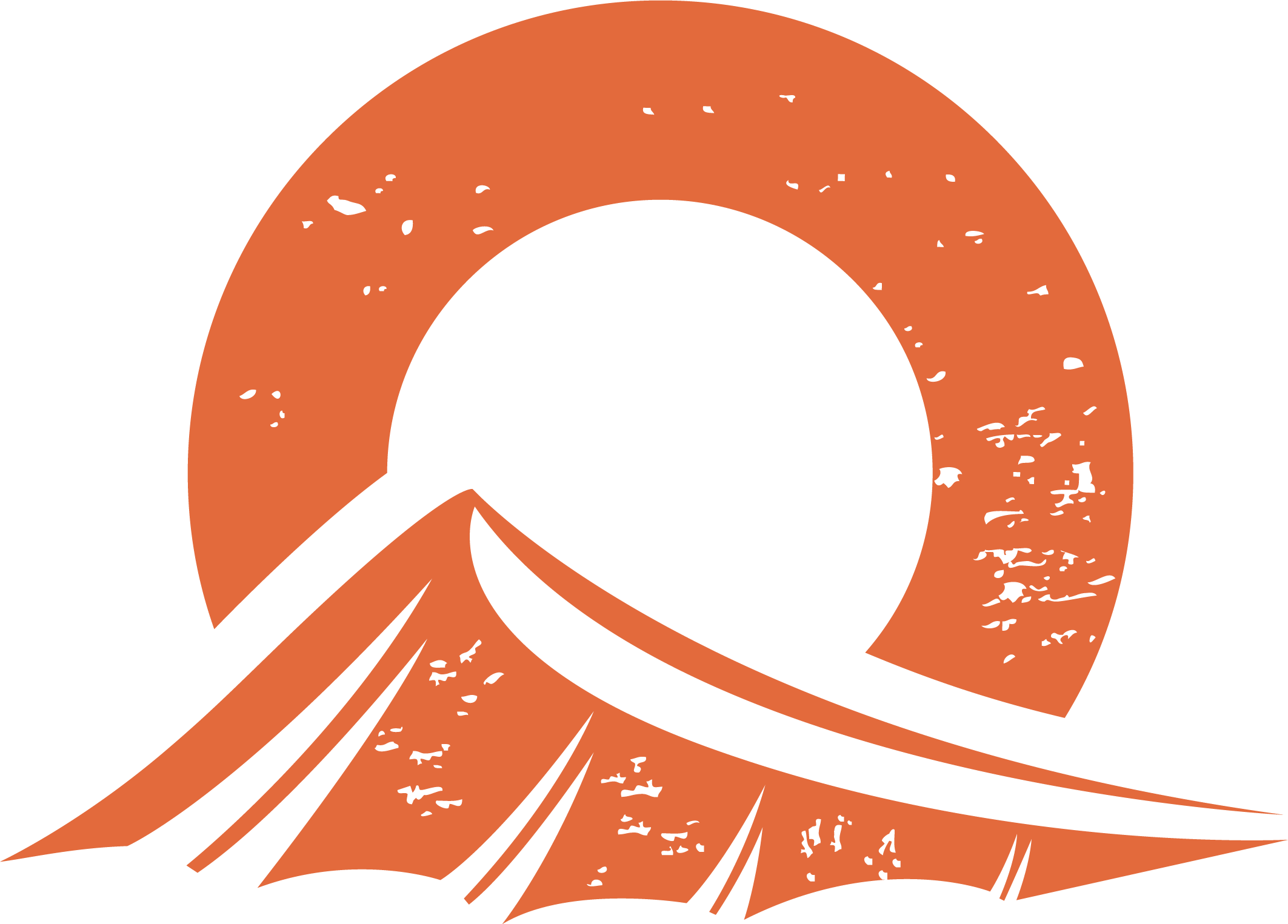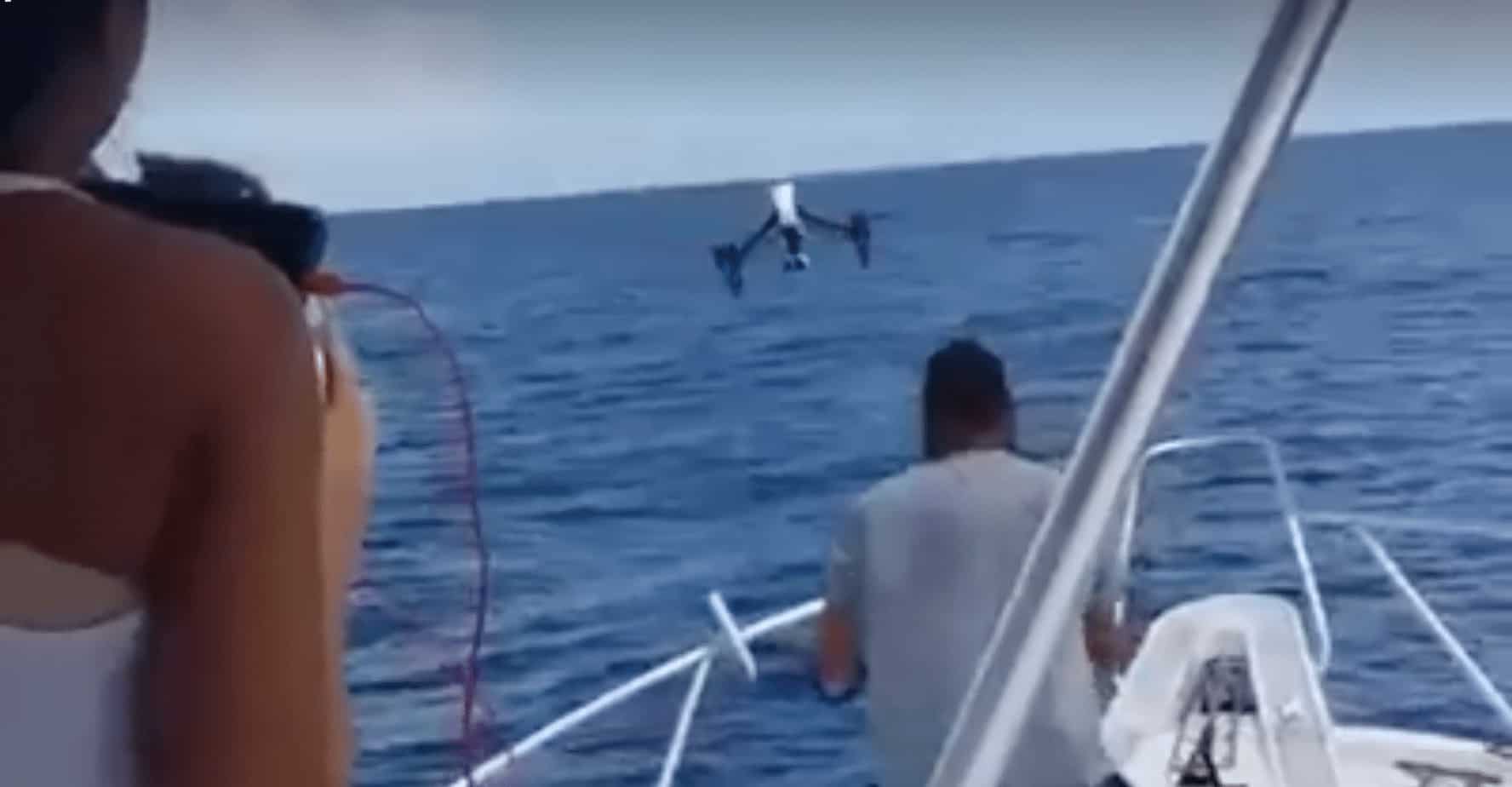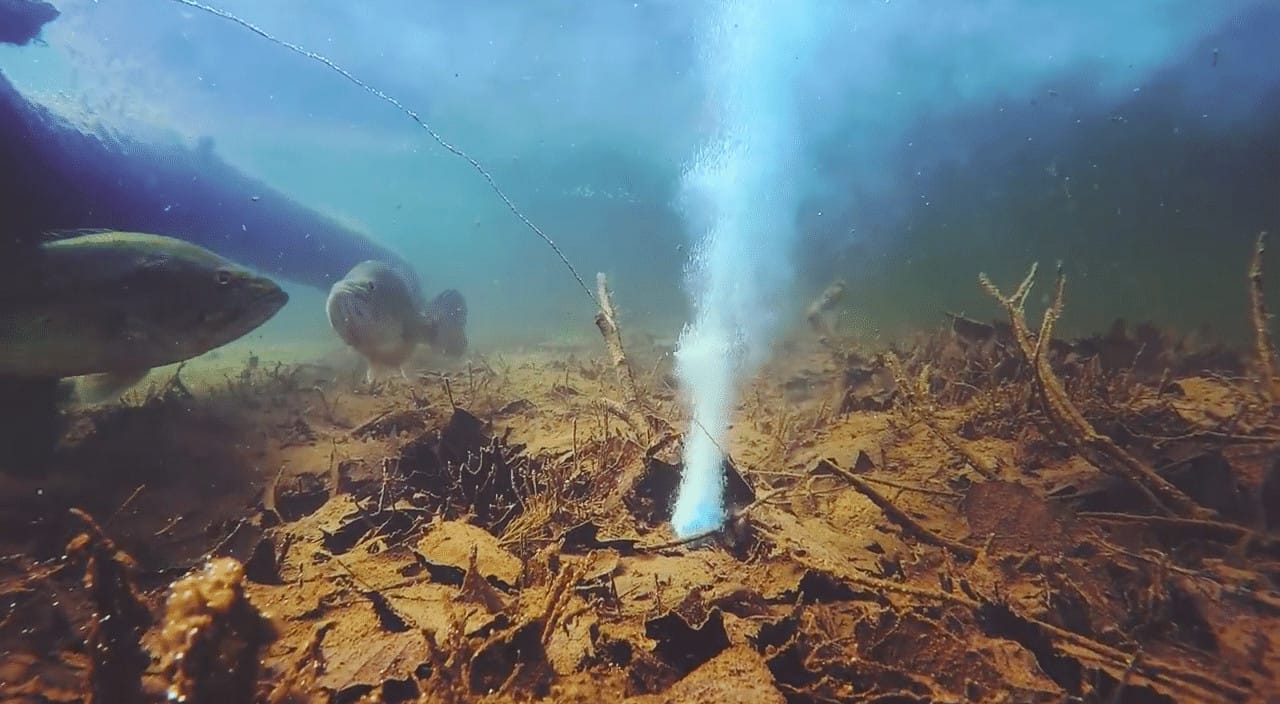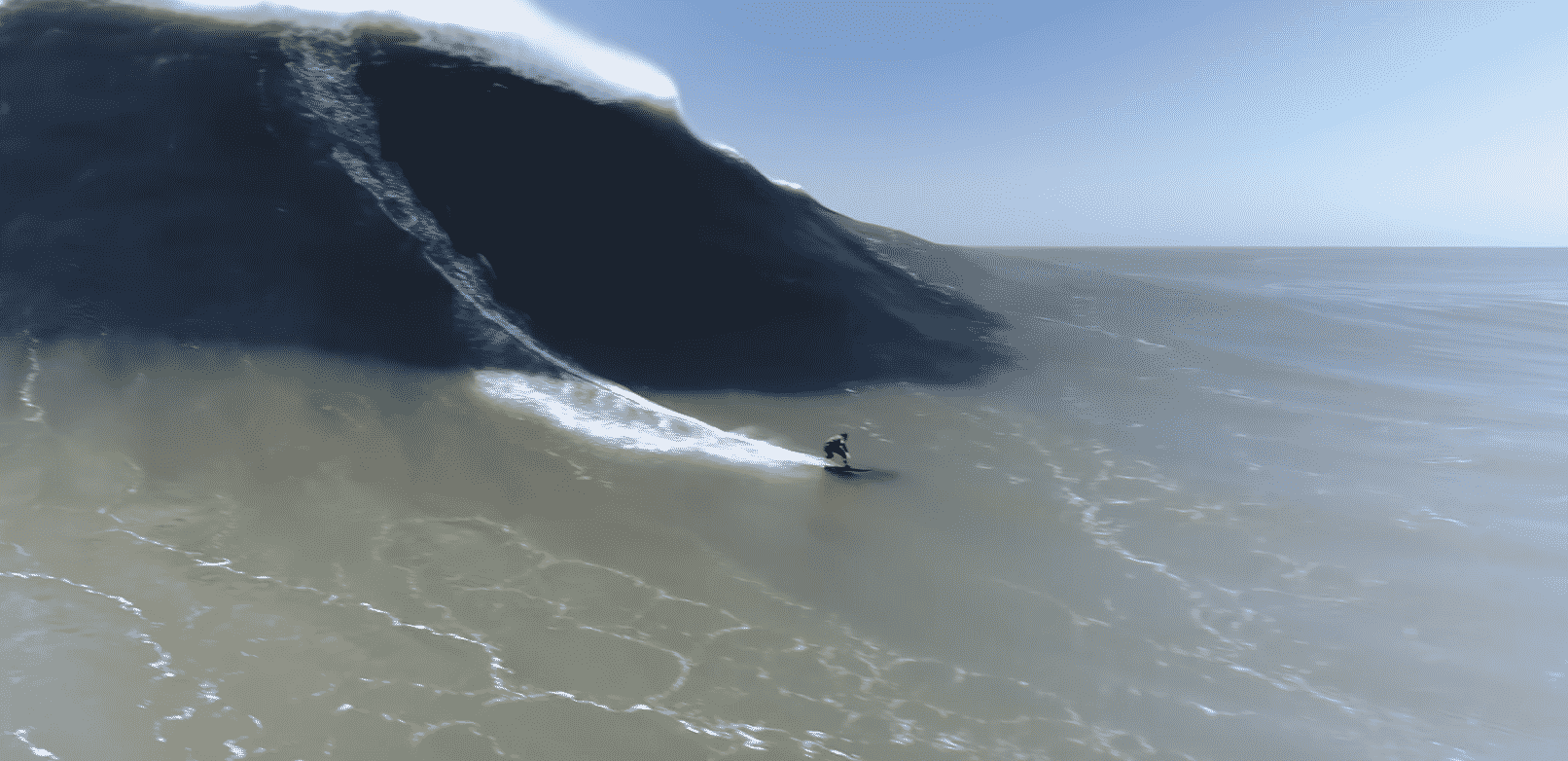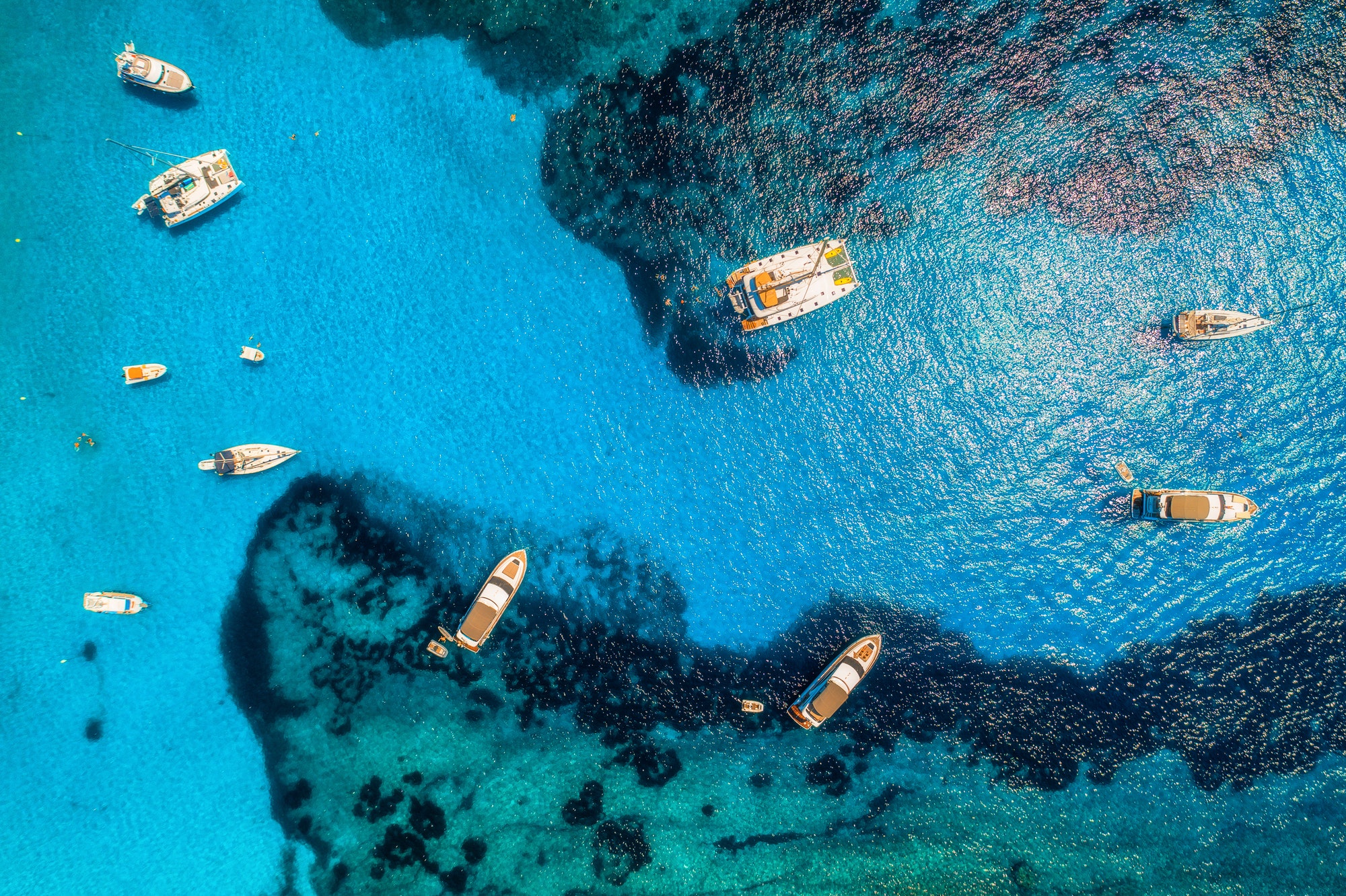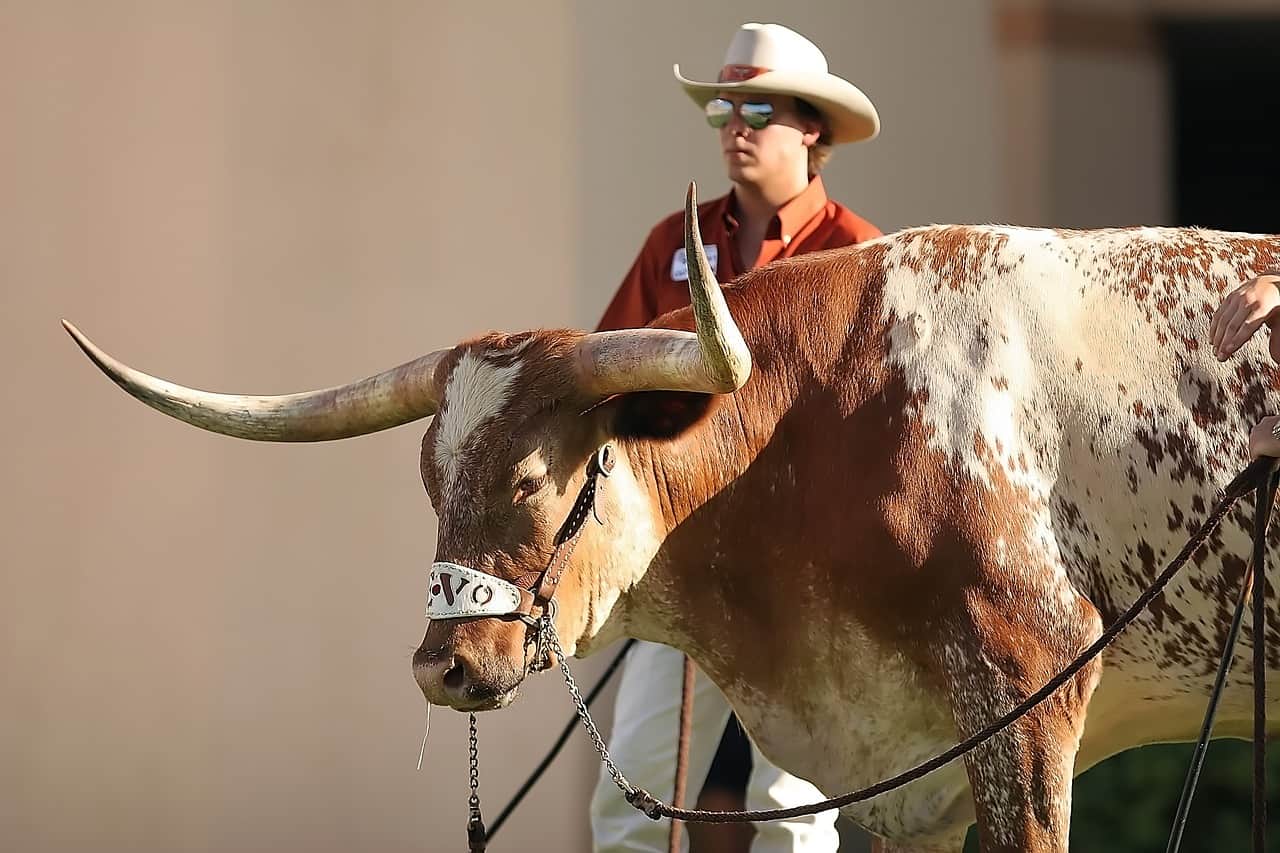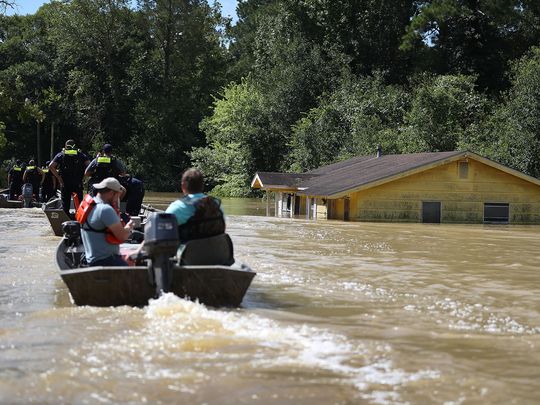
The tragic situation in Louisiana brings to mind another catastrophic event that, in many ways, cities like New Orleans are still recovering from. Hurricane Katrina was the costliest disaster in U.S. history. People affected by the storm didn’t know it would cost over $108 billion in damages and claim over 1,800 lives, but they did know they needed to evacuate.
Timmy Toups, an electrician south of New Orleans, knew this situation wasn’t like Katrina. The people affected by this torrential rainfall – over 2 feet in 72 hours – lived in areas that had probably never flooded before.
“These people don’t flood,” said Toups.
“They live on high ground. Probably most of them don’t even have flood insurance. People were crying for help on Facebook, just putting out any call for help.”
Toups decided to help and enlisted the help of any friends who wanted to lend a hand. He ended up with two buddies, a truck and a fishing boat. They set out with one mission – to help anyone in need.
They started out on Sunday at 9 a.m., but by Monday night they had over 20 volunteers with boats helping anyone who they found. This ‘Cajun Navy,’ sailed through floodwaters, delivering supplies and rescuing people who were trapped after the storm took at least 11 lives and damaged more than 40,000 homes.
This may sound familiar to those who followed rescue efforts in the wake of Katrina – the reason the original Cajun Navy was formed. They managed to save thousands with the help of ordinary civilians. Though this is a different version of those brave volunteers, that didn’t stop them from meeting the challenge head on when thousands of others were in need once again.
“The reality of the Cajun Navy is everybody out here with a boat that isn’t devastated gets out and helps others,” said Clyde Cain, who who runs the Facebook page Louisiana Cajun Navy. “We’re just one big network.”

Cain wasn’t a part of the original Cajun Navy, but he saw the potential of what building an organization to meet needs with resources had.
Tours was surprised at how many volunteers came out of seemingly nowhere thanks to Cain’s efforts.
“A lot of it was hunting boats, shallow draft duck hunting boats with mud motors. Twenty-something foot boats with outboard motors,” he said. “Airboats. Pirogues. Kayaks. You name it. Everybody was wide open, going at it.”
“They can only do so much,” Toups said. “We have resources. We live in boats. My whole family is commercial fishermen. I grew up on the water. There is not too much that I’m going to come across out there that I cannot deal with on the fly.”
